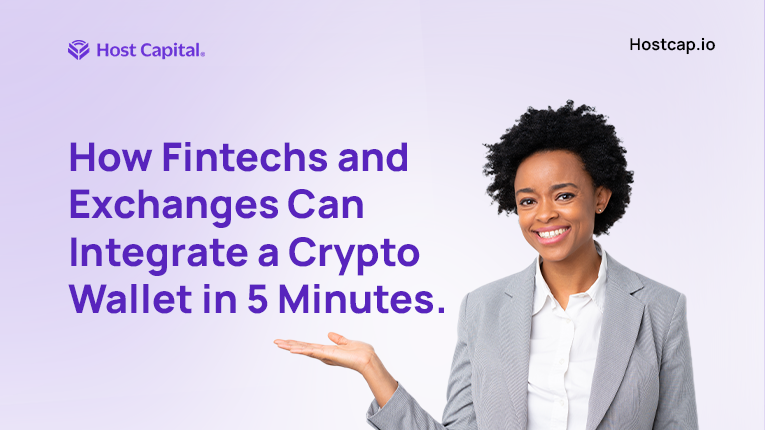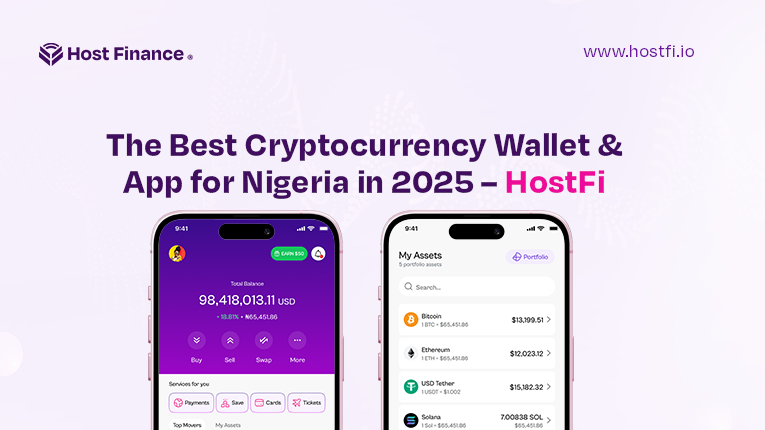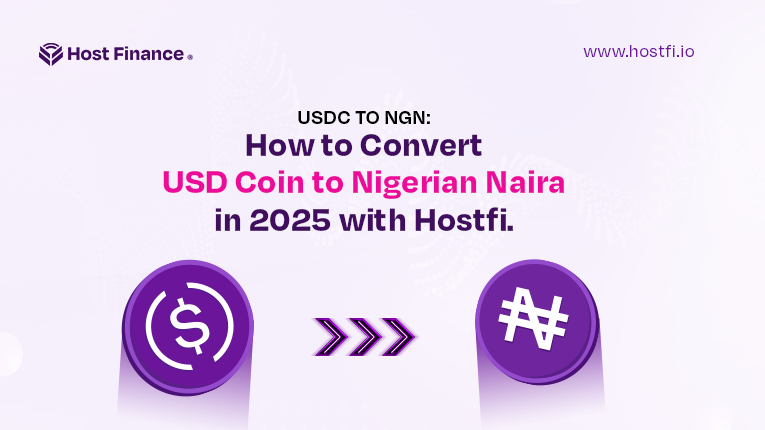Why Are Bitcoin Fees So High Right Now in 2025
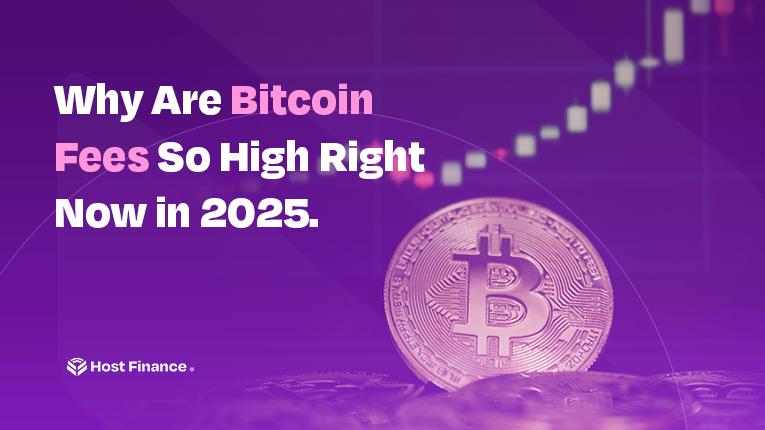
If you’ve tried sending Bitcoin lately and saw unusually high charges, you’re probably asking the same thing everyone else is: Why are Bitcoin fees so high right now?
It’s easy to assume that high fees mean the network is overloaded but that’s not always true.
Sometimes, a single event or a few unexpected behaviours in the system can throw off the entire market. This is exactly what’s happening right now.
Let’s take a detailed look at why Bitcoin fees are unusually high, what caused the spike, and how you can avoid paying more than you should.
Bitcoin Fees Are All About Demand for Block Space

The Bitcoin network works in blocks. Each block can only hold a limited number of transactions.
When more people try to send Bitcoin than the network can fit into a single block, users compete to get theirs confirmed faster.
How? By offering higher Bitcoin fees.
Wallets and exchanges typically estimate what fee is needed to confirm your transaction in the next few blocks.
If your wallet thinks the network is congested or if you choose “priority” speed, it increases the fee automatically.
In effect, there’s a bidding war happening every few minutes. And when one person bids higher, others follow.
The outcome is that Bitcoin fees rise quickly, even if the congestion lasts only for a short time.
What Happened at Bitcoin Block 840000 That Raised Bitcoin Fees?

One of the most significant events driving the recent spike in Bitcoin fees was the mining of block 840000, a moment that attracted massive attention and caused major disruption in the Bitcoin fee market.
On April 20, 2024, Bitcoin reached its fourth halving, an event that reduced the block reward for miners from 6.25 BTC to 3.125 BTC.
This milestone alone drew major attention across the crypto space.
But something even more disruptive happened at that same block that sent Bitcoin fees soaring.
That day also marked the official launch of the Runes Protocol, which allowed users to inscribe new types of data directly onto satoshis, the smallest unit of Bitcoin.
This introduced a new wave of digital collectables, prompting thousands of users to rush in and inscribe data as part of a rare moment in Bitcoin history.
Everyone wanted to be included in block 840000. And to secure a spot, users were willing to pay.
Some even attached extremely high transaction fees just to be part of this block.
According to data, block 840000 generated a record-breaking 37.7 BTC in transaction fees, which was worth more than 2.4 million dollars at the time.
This made it the most expensive block in Bitcoin’s history.
To understand the scale of this, consider that block 839999 had normal fees.
But by block 840000, Bitcoin fees had increased by over 3600 per cent in just minutes.
What made things worse was what happened after.
Bitcoin wallets typically calculate recommended transaction fees based on the fees in recent blocks.
Since block 840000 was full of extremely high fees, most wallets assumed this was the new average and began suggesting higher fees than necessary.
Even after the network became less congested, many users were still shown inflated fee estimates.
As a result, people kept paying more than they needed to for simple transactions.
This caused a kind of feedback loop. Wallets kept suggesting high fees. Users kept paying them.
And Bitcoin fees stayed unnecessarily high even though the network had already cooled off.
It was a clear example of how one major event can throw off Bitcoin’s fee calculations and cost users real money.
If you’re tired of overpaying and guessing what fee to pay, switch to HostFi.
HostFi makes crypto easy with real-time fee tracking and smart systems that help you save money on every transaction.
Buy, send, or swap crypto without the stress.
Download the HostFi app now and skip the high Bitcoin fees.
Why Bitcoin Fees Are Still High in 2025
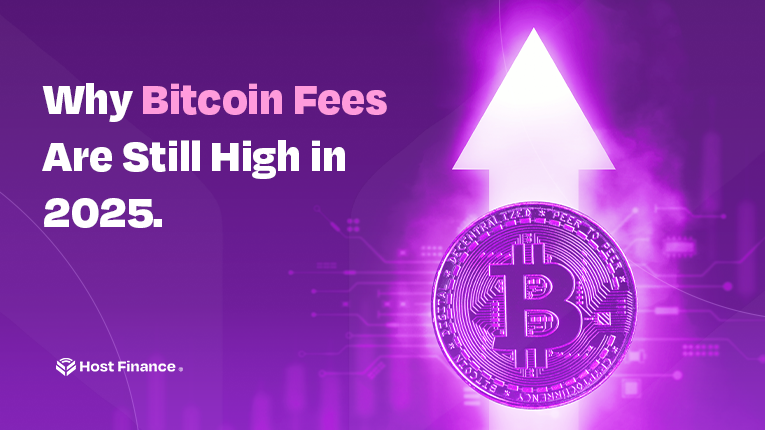
It’s 2025, and many people are still wondering why Bitcoin fees haven’t normalized. Here’s why:
Algorithm lag: Most wallets use recent block history to estimate fees. When one block spikes, it affects several future blocks
High activity levels: Bitcoin is still growing in popularity. More users, more transactions, more competition.
Fee bidding wars: Wallets trying to outbid each other create artificial spikes even during low traffic.
Increased usage of inscription protocols and NFTs: These new use cases often involve larger transactions, increasing demand for space
In short, even though block 840000 was a one-time event, its effects are lingering into 2025 because the fee estimation systems are slow to adjust.
How Are Bitcoin Fees Calculated?
Every time you send Bitcoin, you are required to pay a transaction fee to get it confirmed by miners. But figuring out how that fee is determined is not always simple. Let us break it down.
Each Bitcoin transaction has a size, just like a file on your computer. Miners prioritize transactions that give them the best value, so they focus on the fee relative to the transaction size. This is called the fee rate.
Here is an easy way to understand it:
Imagine renting or buying an apartment. You would not only look at the total price but also at how much it costs per square foot. The fee rate in Bitcoin works the same way. Instead of looking only at the total fee, miners measure how much you are paying for each unit of data in the transaction.
In Bitcoin, the fee rate is measured in satoshis per byte. A satoshi is the smallest unit of Bitcoin, and a byte is a unit that defines how much data your transaction contains. The more satoshis you offer per byte, the more likely your transaction will be picked quickly by miners.
When the network is busy and there are lots of transactions waiting, the required fee rate goes up. When it is less busy, you can get your transaction confirmed with a lower fee.
To make sure your transaction is processed on time, you can always check live Bitcoin fee estimates using tools built into most wallets or available online. These show you the current recommended fee rate for getting into the next block.
How Much Is the Bitcoin Fee for $100 or $1000
A common misconception is that Bitcoin fees depend on how much you’re sending. That’s not how it works.
Whether you're sending $100 or $1000 in Bitcoin, the fee is based on the data size of the transaction in bytes, not the amount.
That’s why you can still be charged a high fee for a small transaction, especially if the network is busy or your wallet chooses a high fee for speed.
In some cases, if you’re not careful, the Bitcoin fee for a $100 transaction could eat into a significant portion of your funds.
Tips to Avoid Paying High Bitcoin Fees
If you want to reduce how much you spend on Bitcoin fees, here are a few smart tips:
- Send during off-peak times like early mornings or weekends when the network is quieter
- Use wallets that let you customize the fee instead of auto-selecting the highest bid
- Batch your transactions if you need to send Bitcoin to multiple people
- Switch to a platform that simplifies it all for you
HostFi Helps You Beat Bitcoin Fees in 2025
Nobody enjoys hidden charges, especially when sending or buying Bitcoin.
At HostFi, we’re building a crypto experience that’s clear, affordable, and stress-free from start to finish.
Here’s how HostFi helps you stay ahead of rising Bitcoin fees:
Smart fee logic
We track the Bitcoin network in real time so you always get accurate fee suggestions that reflect current conditions. No guesswork. No inflated payments.
Fast and smooth transactions
No more waiting in line behind users with higher fees. With HostFi, your transactions go through quickly without the extra cost.
Simple design with powerful features
Buy, send, receive, or swap crypto instantly. Our clean interface keeps things easy so you stay in control without digging through complicated settings.
No surprise charges
What you see is exactly what you pay. There are no unexpected add-ons or hidden deductions.
From buying Bitcoin to sending it or converting to USDT, HostFi keeps your experience smooth, fast, and fairly priced.
A Better Way to Handle Bitcoin Fees in 2025
Bitcoin is constantly changing. New updates, more users, and fresh demand are making Bitcoin fees unpredictable.
But with the right platform, you can avoid paying more than necessary.
When you understand what drives Bitcoin fees and use services that respond to real-time data, you stay in control.
Avoid the stress and uncertainty. Use HostFi for a better crypto experience, one where you know exactly what you’re paying for.
Download the HostFi app today and take charge of your Bitcoin journey.
Also Read: https://blog.hostfi.io/buy-and-send-solana-to-your-phantom-wallet/
https://blog.hostfi.io/trump-coin-the-next-big-crypto-bull-run/
